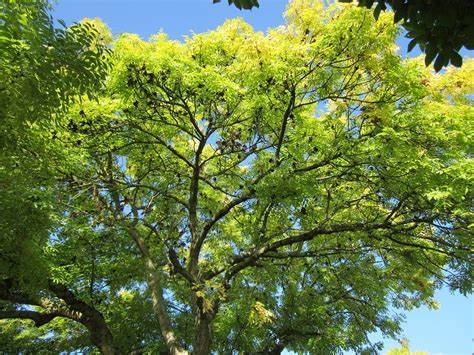Overview
Latin name: Fraxinus excelsior
Common name: European ash
Abbr: Fex
Taxonomy: Oleaceae/Oleeae/Fraxinus
References: NCBI:txid126776
Level: Chromosome
Chromosome number: 2n=2X=46
Genome size: 806.5 Mb

Introduction: European ash is not especially widespread in North America, but it is a common and iconic tree of European forests. Its wood is flexible and valued for producing furniture, oars, and handles; it also burns well even when green. The leaves exude tannins and substances used to make a green dye. In the 1990s a fungus (Hymenoscyphus pseudoalbidus) began to decimate stands of this valuable, drought-tolerant, fast-growing tree in Poland, and the pathogen has killed many trees throughout Europe. Intensive research is underway to identify resistant trees.
height: up to 40 m (131 ft)
leaf: The leaves of Ash are imparipinnate with 7 – 11 leaflets. The single leaf is ovate with a serrated leaf margin. The upside is dark green, the underside is pale green. The leaf can be 30-40 cm (15.7 – 23.6 in) long.
flowering: April - May
blossom description: The greenish bloom conditions are formed as lateral panicles, which sprout just before the leaves.
fruit: The paired winged nutlets often still adhere to the tree in winter.
root: Deep-rooting plant with far reaching shallow lateral roots, taproot is formed.
location: Sun to half-shade
usage: single tree or planting in groups, riverbank area, green areas
Literature:
Genome-wide epigenetic variation among ash trees differing in susceptibility to a fungal disease
Information sources: nativeplanttrust